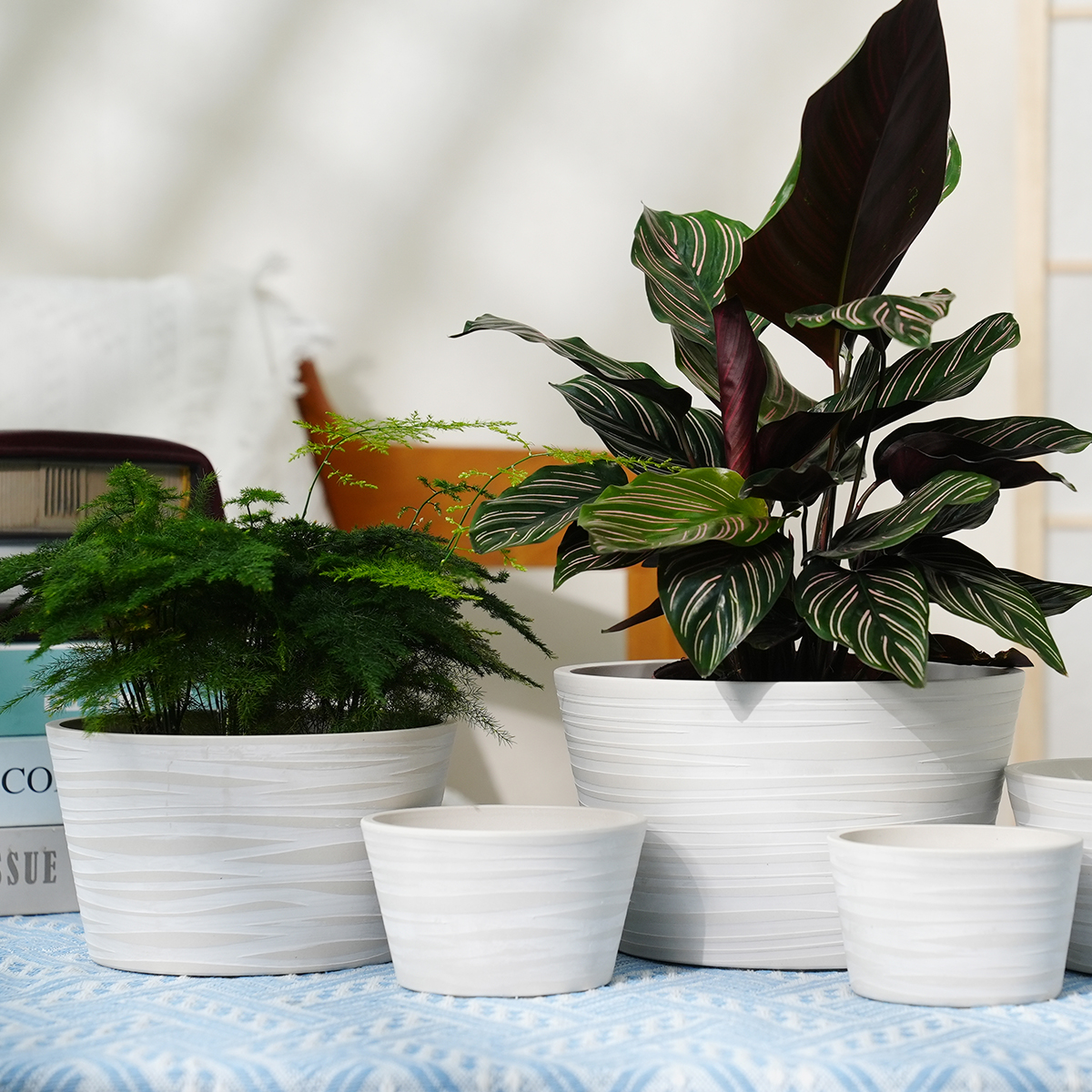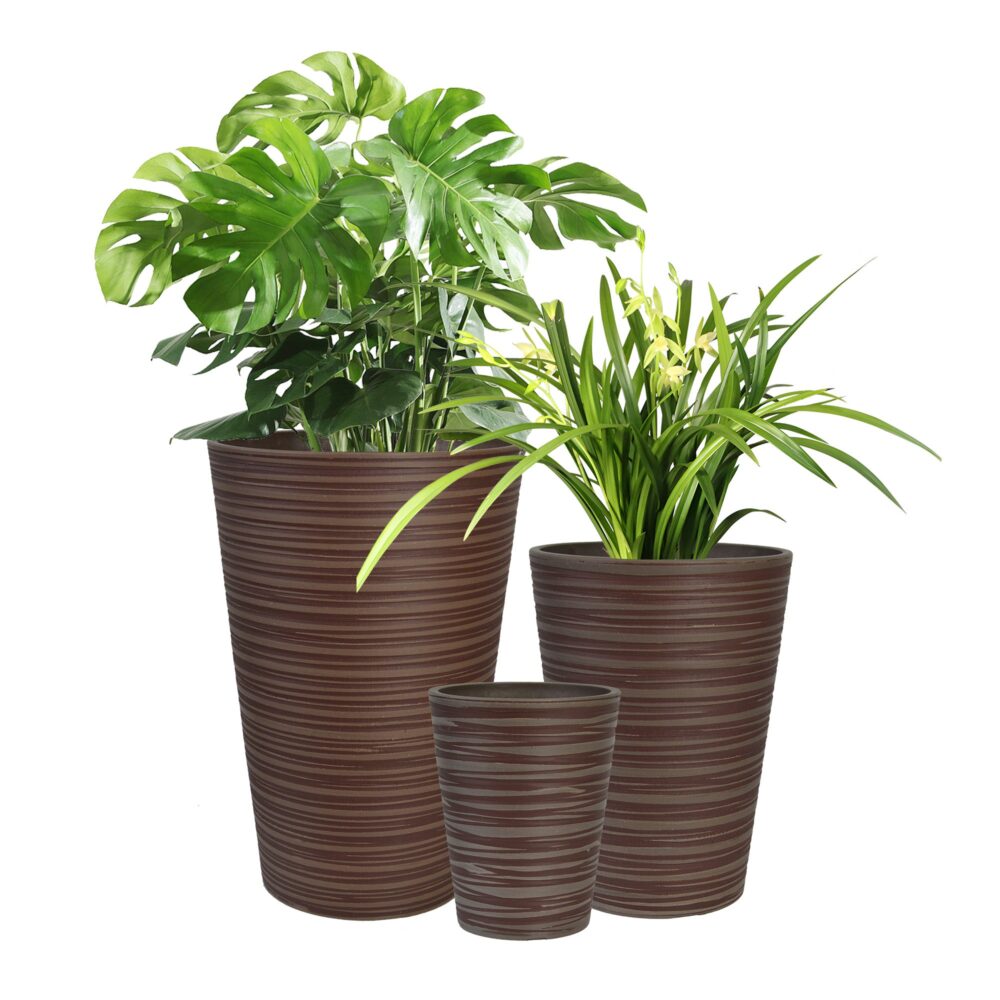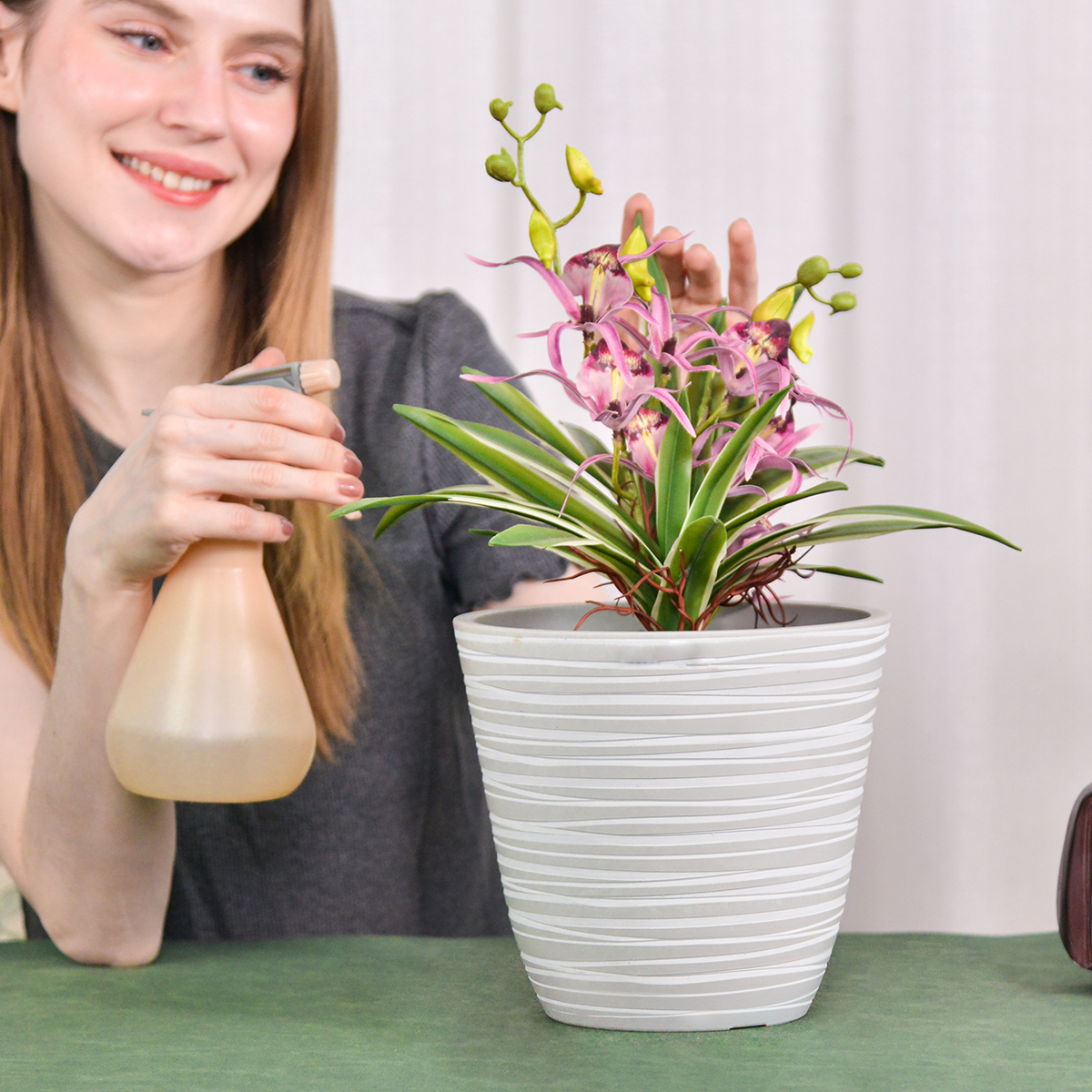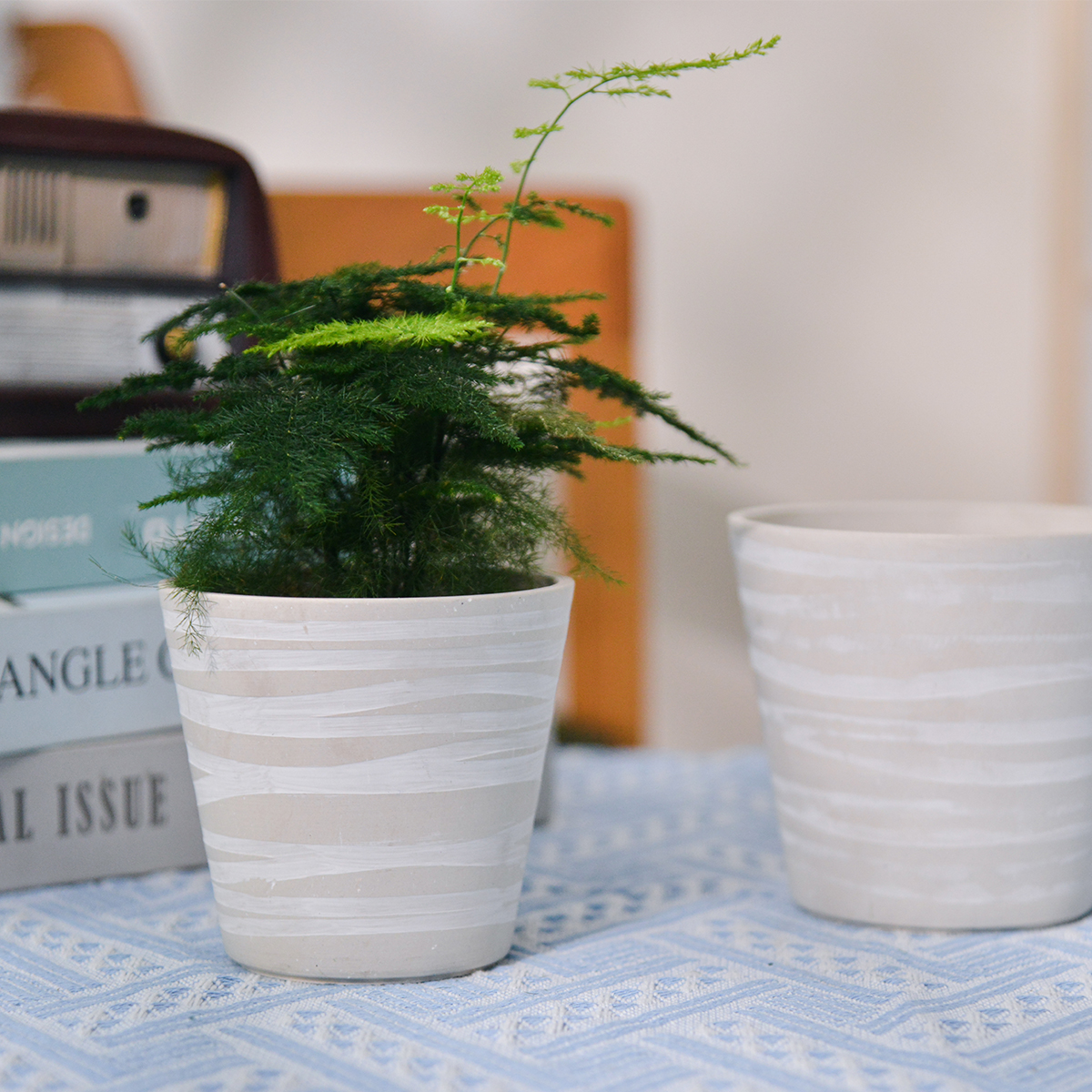Snake Plant (Sansevieria): The Complete Guide to Growing and Caring for Indoors
Looking for a striking, low-maintenance houseplant that purifies the air and adds a modern touch to your décor? Meet the Snake Plant, scientifically known as Sansevieria trifasciata (now often classified as Dracaena trifasciata), but still widely recognized as Sansevieria. Also known as Mother-in-law’s Tongue, this architectural plant, native to West Africa, is incredibly popular for its resilience, air-purifying qualities, and striking upright foliage. This comprehensive guide will tell you everything you need to know about growing and caring for Snake Plants indoors.
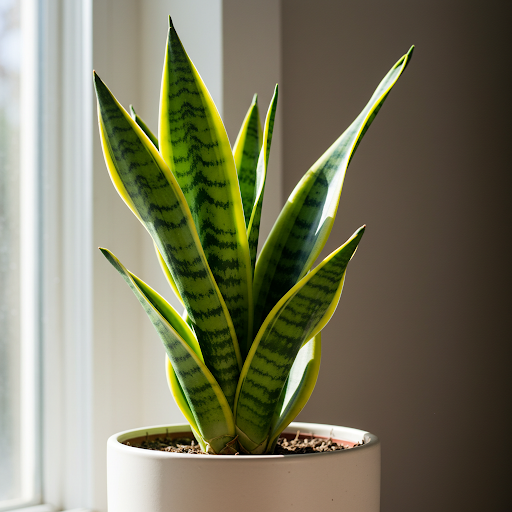
Snake Plant
Ideal Indoor Growing Conditions:
- Light: Snake Plants are incredibly adaptable to different light conditions. They thrive in bright, indirect light, but are also famous for tolerating low light conditions. While they can survive in full sun, direct, intense sunlight can scorch their leaves. For best growth and vibrant colors, aim for bright, indirect light.
- Soil: Snake Plants need well-draining soil to prevent root rot. A cactus or succulent potting mix is ideal, or you can amend a general-purpose potting mix with perlite, pumice, or sand to improve drainage.
- Watering: Snake Plants are highly drought-tolerant and prefer to be underwatered rather than overwatered. Overwatering is the most common mistake and can lead to root rot. Allow the soil to dry out completelybetween waterings. Water thoroughly but infrequently, especially during the dormant winter months when watering should be reduced significantly. In general, watering every 2-4 weeks is often sufficient, but always check the soil moisture level before watering.
- Temperature: Average room temperatures between 65°F to 80°F (18°C to 27°C) are ideal. Snake Plants are not cold-hardy and should be protected from temperatures below 50°F (10°C).
- Humidity: Snake Plants are not picky about humidity and tolerate average indoor humidity levels well. They can even thrive in dry air, making them exceptionally easy to care for in most homes.
Planting Your Snake Plant:
- Starting from Rhizome Divisions or Cuttings: Snake Plants can be easily propagated through rhizome divisions, leaf cuttings, or even stem cuttings. Rhizome division during repotting is the quickest and most reliable method for home gardeners. Leaf cuttings are also popular but take longer to produce new plants.
- Repotting: Snake Plants are slow growers and do not require frequent repotting. Repot every 2-4 years, or when the plant becomes root-bound, into a slightly larger pot. Spring or early summer is the best time for repotting.
Choosing the Right Pots:
- Suitable Pot Types: Choose pots that ensure excellent drainage. Terracotta pots are highly recommended as their porous nature helps the soil dry out quickly, minimizing the risk of overwatering. Plastic or glazed ceramic potscan also be used, but be extra vigilant about watering frequency.
- Drainage: Drainage is critical for Snake Plants. Make sure your chosen pot has at least one drainage hole at the bottom to allow excess water to escape.
- Pot Size: Select a pot that is appropriately sized for the plant. Snake Plants prefer to be slightly root-bound, so choose a pot that is only slightly larger than the root ball. For young plants, a 6-8 inch pot is a good starting size.
- Potting Mix: Use a well-draining potting mix such as a cactus or succulent mix. You can also create your own mix by combining general-purpose potting mix with perlite, pumice, or coarse sand for added drainage.
Essential Care Tips for Healthy Snake Plants:
- Watering Technique: Adopt a “soak and dry” watering method. Water thoroughly when the soil is completely dry, and then allow the soil to dry out again before the next watering. In winter, reduce watering significantly.
- Fertilizing: Snake Plants are light feeders and do not need much fertilizer. Fertilize 2-3 times during the growing season (spring and summer) with a balanced liquid fertilizer diluted to half strength. Over-fertilizing can weaken the plant.
- Pruning: Pruning is generally not necessary for Snake Plants. You can remove any damaged, yellow, or brown leaves at the base of the plant to maintain its appearance.
- Repotting: Repot every 2-4 years, or when the plant outgrows its pot. Repotting is also a good time to divide the rhizomes to propagate new plants.
- Pest and Disease Control: Snake Plants are generally resistant to pests and diseases. However, they can occasionally be affected by common houseplant pests like mealybugs or spider mites. Root rot is the most common problem, and it is almost always caused by overwatering. Ensure good drainage and avoid overwatering to prevent root rot.
Popular Varieties of Snake Plants:
- Sansevieria trifasciata ‘Laurentii’: Classic variety with green leaves and yellow edges.
- Sansevieria trifasciata ‘ Zeylanica’: Dark green leaves with light green horizontal stripes.
- Sansevieria trifasciata ‘Moonshine’: Pale silvery-green leaves.
- Sansevieria trifasciata ‘Black Gold’: Dark green leaves with striking gold edges.
- Sansevieria trifasciata ‘Twisted Sister’: Variegated leaves with a twisted, curly growth habit.
- Sansevieria trifasciata ‘Cylindrica’: Round, spear-like leaves.
- Sansevieria trifasciata ‘Bird’s Nest’ (Hahnii): Compact, rosette-forming varieties.
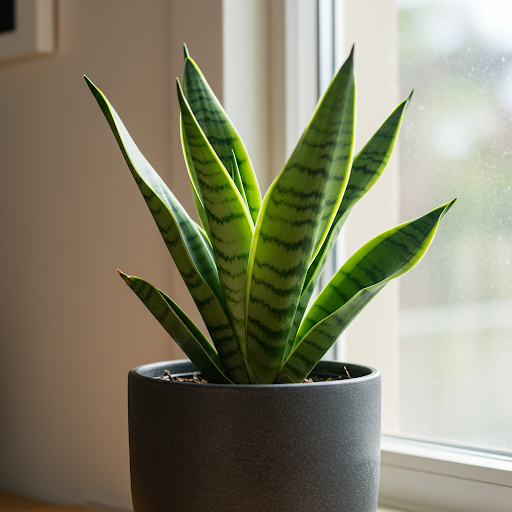
Snake Plant
In Summary:
The Snake Plant (Sansevieria trifasciata) is an exceptional choice for anyone looking for a low-maintenance, air-purifying, and visually striking indoor1 plant. Its tolerance for neglect, low light, and dry conditions makes it incredibly easy to care for, even for beginners. By providing well-draining soil, infrequent watering, and a suitable pot, you can enjoy the architectural beauty and air-cleaning benefits of the Snake Plant in your home or office for many years.
For more detailed botanical information, you can explore the Wikipedia page on Sansevieria trifasciata.
Important Note: Snake Plants are considered mildly toxic if ingested due to saponins. Keep them out of reach of pets and young children who may chew on the leaves.
HS
By greenship|2024-08-13T06:45:17+00:00August 13, 2024|Categories: Hand-carving Series|
GreenShip 27inch Tall Planters for Porch, Large Outdoor Planter Pots with Drainage Hole
By greenship-seo|2025-04-10T06:27:21+00:00April 7, 2025|Categories: Hand-carving Series|Tags: Decorative Flower Pots|
Modern Plant Pots with Drainage – Indoor & Outdoor Use (6″ Widths)
By greenship-seo|2025-04-10T06:29:43+00:00February 6, 2025|Categories: Hand-carving Series|Tags: Decorative Flower Pots|
11TH
By greenship|2024-08-13T02:50:25+00:00August 13, 2024|Categories: Hand-carving Series|
11V
By greenship|2024-08-13T03:05:48+00:00August 13, 2024|Categories: Hand-carving Series|
20T
By greenship|2024-08-13T06:42:22+00:00August 13, 2024|Categories: Hand-carving Series|

